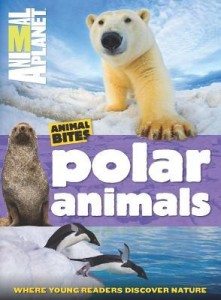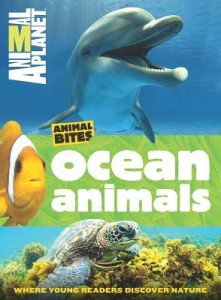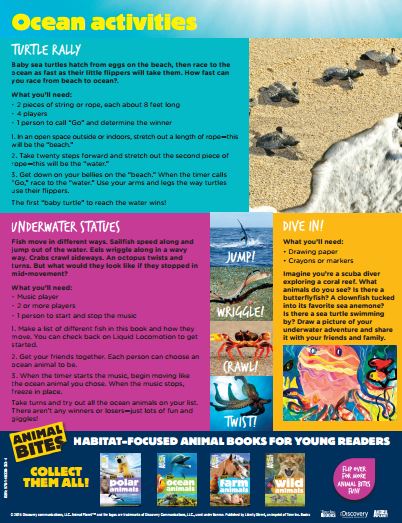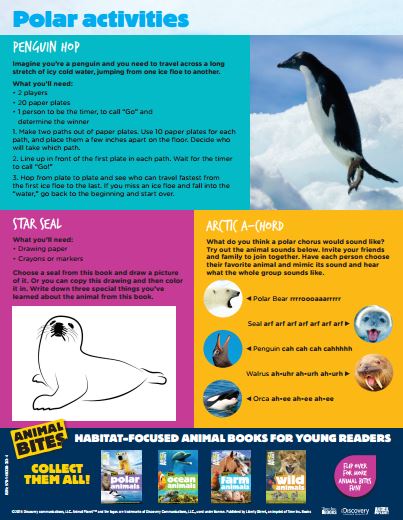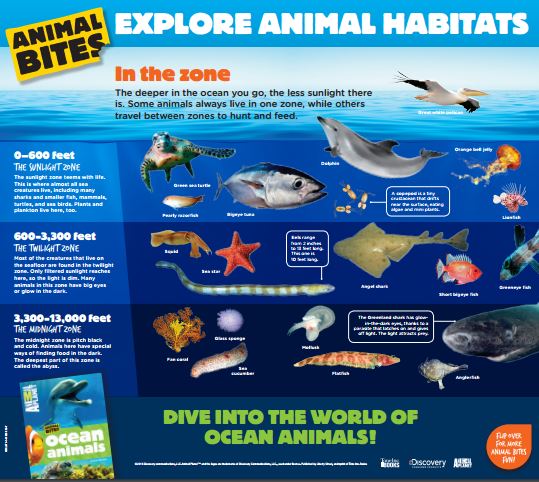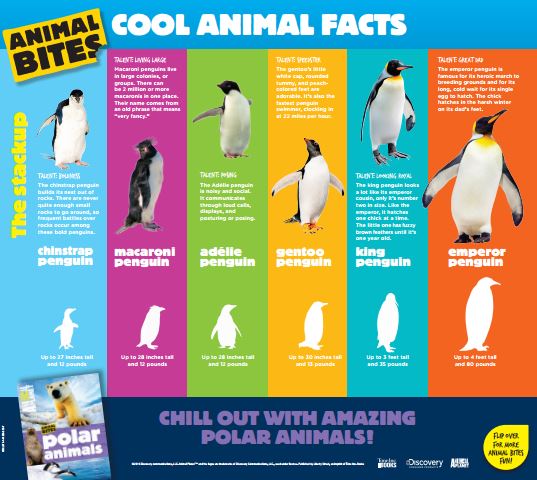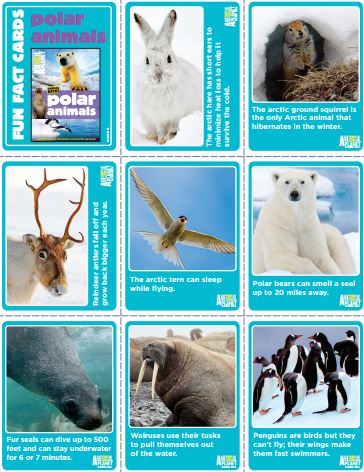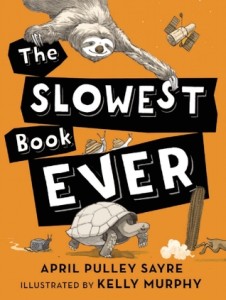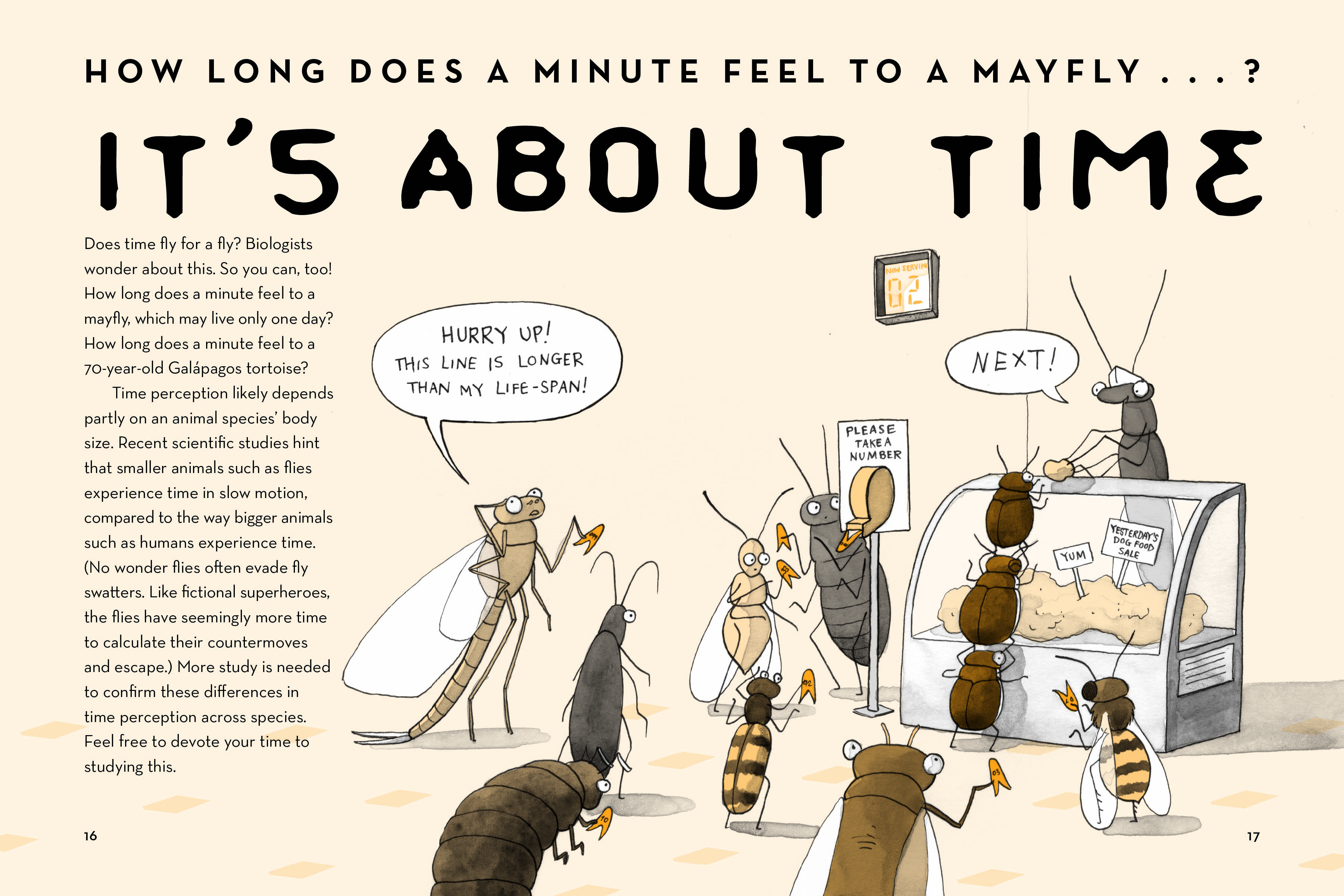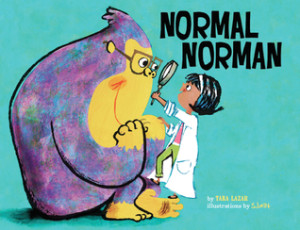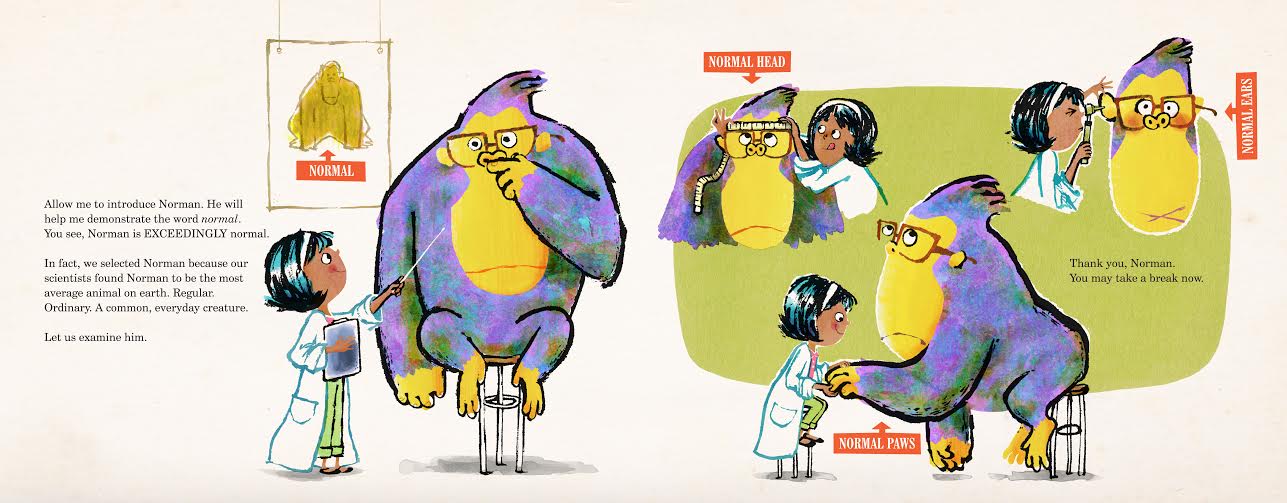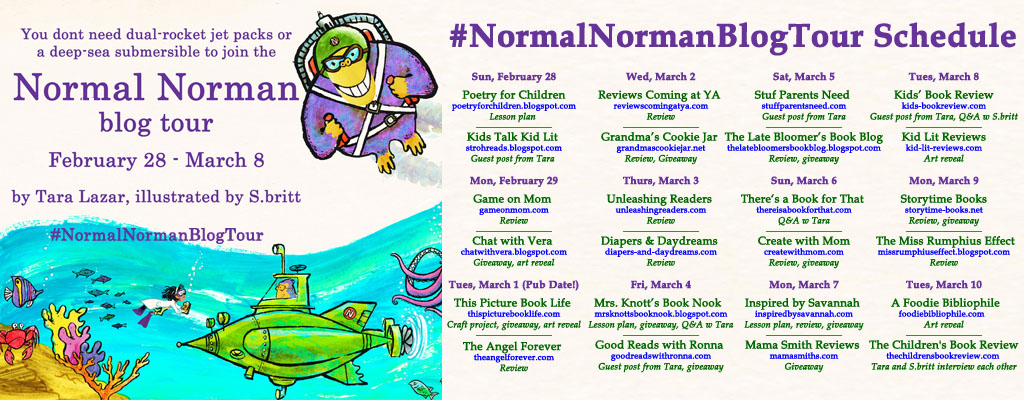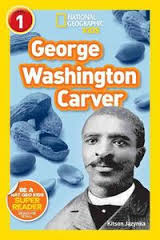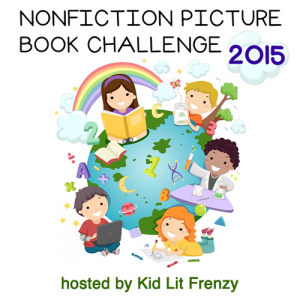Nonfiction Wednesday
Nonfiction Picture Book Wednesday is hosted by Kid Lit Frenzy and was started to help promote the reading of nonfiction texts. Most Wednesdays, we will be participating and will review a nonfiction text (though it may not always be a picture book).
Be sure to visit Kid Lit Frenzy and see what other nonfiction books are shared this week!
Polar Animals
Ocean Animals
Animal Planet
Published March 1st, 2016 by Animal Planet
Polar Animals Summary: With more than 200 gorgeous animal photos of penguins, polar bears, sea lions, walruses, reindeer and others, Animal Planet Polar Animals is a fun, habitat-by-habitat guide that provides kids in the first years of schooling with the perfect bite-sized view of their favorite animals living in both polar climates. Arranged thematically with focus on animal behavior and family relationships, young readers will explore sections about animal bodies, baby animals, food, play time, conservation, and more. Special book features designed for this age group include Quick Bites sidebars with cool animal facts, simple infographics, and illustrated maps of the coldest places on Earth.
Ocean Animals Summary: With more than 200 gorgeous animal photos of sharks, whales, clown fish, jelly fish, dolphins, and others, Animal Planet Ocean Animals is a fun, habitat-by-habitat guide that provides kids in the first years of schooling with the perfect bite-sized view of their favorite ocean-dwelling animals. Arranged thematically with focus on animal behavior and family relationships, young readers will explore sections about animal bodies, baby animals, food, play time, conservation and more. Special book features designed for this age group include Quick Bites sidebars with cool animal facts, simple infographics, and illustrated maps of Earth’s watery environments.
A portion of the proceeds will benefit Animal Planet’s R.O.A.R. (Reach Out. Act. Respond.) project which partners with leading animal organization to make the world a better place for domestic and wild animals.
Kellee’s Review: Like National Geographic nonfiction books for kids, Animal Planet’s books have some of the most stunning photographs of animals that I’ve ever seen. They take the reader to the animals’ home and shows the reader the ins and outs of the animal and how and where they live.
Ricki’s Review: My toddler adores these books. My husband was watching him when I started this post, and he said, “Henry have those! Henry have those!” They are intended for an older audience, but that doesn’t stop him. The pictures are gorgeous and there is so much to learn. Each page is brimming with facts! These are great books for readers of all ages.
Teachers’ Tools for Navigation: The Animal Bites series uses colorful tabs and other text features to organize the information throughout the book. The tabs are: Where They Live, How They Live, Vista (awesome photos that show the places animals live), Big Data, Animal Gallery, Living/working, Conservation, and specific animal tabs. They also have Just Like Mes thrown throughout the book showing how the animals are similar to humans. The way the book is set up is perfect to discussing biology and zoology. While you use these books in science, you can do comparisons/contrasts and text features in language arts, and find the animals’ habitats in geography. These are perfect books for cross-curricular lessons and inquiry projects.
Activities Created by Time Inc.:
Ocean and Polar Animals Activity Sheets PDF
Discussion Questions: What other Animal Bites books would you like to see?; What are some examples of ways that some animals are like us?; Which animal that you learned about is the best at camouflaging? Fastest? Best predator? etc.; What text features does the author use to help you understand the text?; How did the author structure the text?; What are the differences/similarities of some of the animals within the books?
We Flagged:
Ocean and Polar Animals Posters PDF
Animal Planet has also created FUN FACT cards for each of their Animal Bites books that can be accessed fore free HERE.
Read This If You Loved: National Geographic nonfiction texts, Seymour Simon animal texts, Extreme Ocean Records by Seymour Simon
Recommended For:

